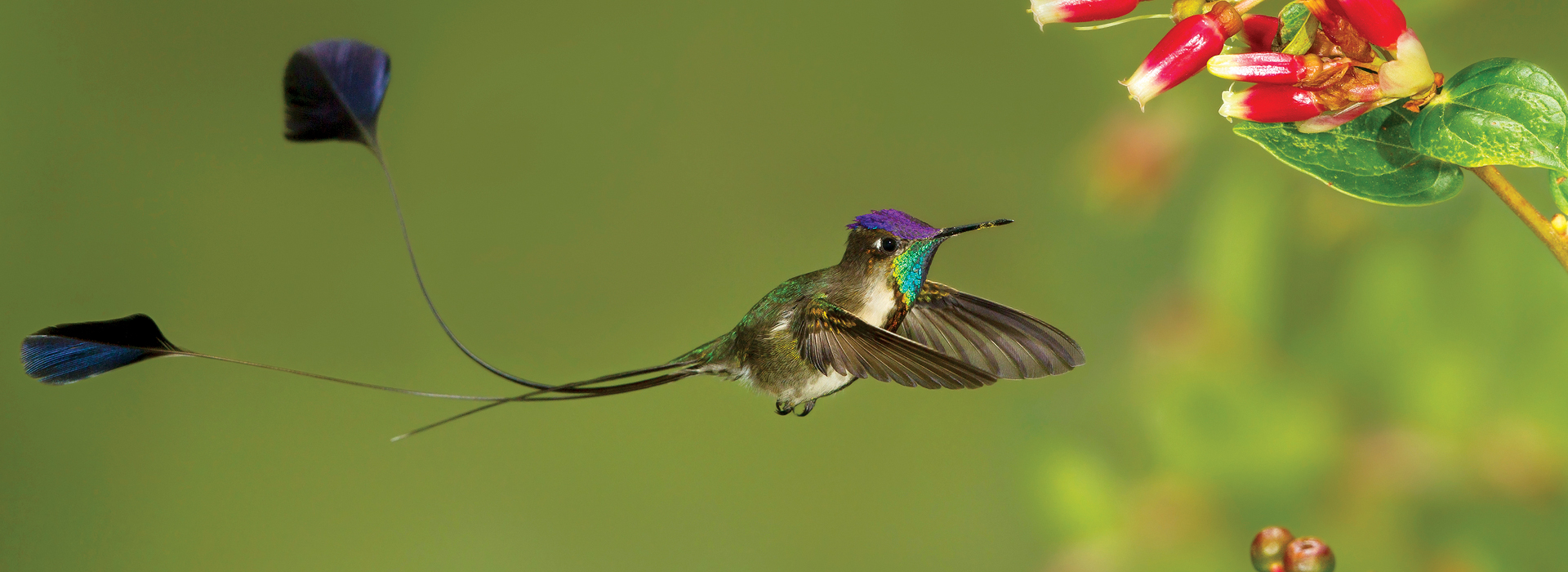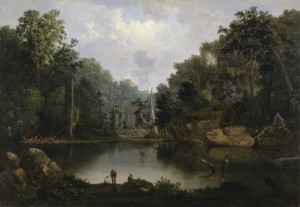Spring migration ecology of the mid-continent sandhill crane population with an emphasis on use of the Central Platte River Valley, Nebraska | USGS | Wildlife Monographs 2014
Abstract: We conducted a 10-year study (1998–2007) of the Mid-Continent Population (MCP) of sandhill cranes (Grus canadensis) to identify spring-migration corridors, locations of major stopovers, and migration chronology by crane breeding affiliation (western Alaska–Siberia [WA–S], northern Canada–Nunavut [NC–N], west-central Canada–Alaska [WC–A], and east-central Canada–Minnesota [EC–M]). In the Central Platte River Valley (CPRV) of Nebraska, we evaluated factors influencing staging chronology, food habits, fat storage, and habitat use of sandhill cranes. We compared our findings to results from the Platte River Ecology Study conducted during 1978–1980. We determined spring migration corridors used by the breeding affiliations (designated subpopulations for management purposes) by monitoring 169 cranes marked with platform transmitter terminals (PTTs). We also marked and monitored 456 cranes in the CPRV with very high frequency (VHF) transmitters to evaluate length and pattern of stay, habitat use, and movements. An estimated 42% and 58% of cranes staging in the CPRV were greater sandhill cranes (G. c. tabida) and lesser sandhill cranes (G. c. canadensis), and they stayed for an average of 20 and 25 days (2000–2007), respectively. Cranes from the WA–S, NC–N, WC–A, and EC–M affiliations spent an average of 72, 77, 52, and 53 days, respectively, in spring migration of which 28, 23, 24, and 18 days occurred in the CPRV. The majority of the WA–S subpopulation settled in the CPRV apparently because of inadequate habitat to support more birds upstream, although WA–S cranes accounted for >90% of birds staging in the North Platte River Valley. Crane staging duration in the CPRV was negatively correlated with arrival dates; 92% of cranes stayed >7 days. A program of annual mechanical removal of mature stands of woody growth and seedlings that began in the early 1980s primarily in the main channel of the Platte River has allowed distribution of crane roosts to remain relatively stable over the past 2 decades. Most cranes returned to nocturnal roost sites used in previous years. Corn residues dominated the diet of sandhill cranes in the CPRV, as in the 1970s, despite a marked decline in standing crop of corn residues. Only 14% (10 of 74) of PTT-marked migrant cranes stayed at stopovers for ≥5 days before arriving in the CPRV, which limited the contribution of sites south of the CPRV for fat accumulation needed for migration and reproduction. Body masses of cranes (after adjusting for body size [an index of fat]) at arrival in the CPRV varied widely among years (1998–2006), indicating the importance of maintaining productive habitats on the wintering grounds to condition cranes for migration and reproduction. Average rates of fat gain by adult females while in the CPRV remained similar from 1978–1979 to 1998–1999 but declined among males. Distances cranes flew to feeding grounds in the CPRV increased as the percentage of cropland planted to soybeans increased and as density of cranes on nocturnal roosts increased. These results suggest that as habitats of limited or no value to cranes increase on the landscape, more flight time and higher maintenance costs may reduce fat storage. An estimated 40% of diurnal use occurred north of Interstate 80 (I-80) where ≤5% of lands dedicated to crane conservation are located. Seventy-four and 40% of PTT-marked EC–M and WC–A cranes had spring migrations that included staging in eastern South Dakota for an average of 11 and 10 days, respectively. Cranes of the NC–N, WA–S, and WC–A subpopulations staged an average of 25, 17, and 12 days in central and western Saskatchewan/eastern Alberta. Females in these affiliations increased their fat reserves after leaving Nebraska by an estimated 450, 451, and 452 g, respectively, underscoring the key role of these staging areas in preparing the 3 subpopulations for reproduction. After departing Nebraska, MCP cranes roosted primarily in basin wetlands. Most of these wetlands are in private ownership and lack adequate protection, emphasizing the need for effective laws and policies to ensure their long-term protection. The continued success of the current management goal of maintaining the MCP at approximately its current size and providing diverse recreational opportunities over a wide area of midcontinent and western North America is predicated on the ability of MCP cranes to continue to store large fat reserves in the CPRV in advance of breeding. For the CPRV to remain a key fat storage site, active channel maintenance (e.g., clearing of woody vegetation) likely will need to continue, along with establishing minimum stream flows. These actions would help ensure nocturnal roosting habitat remains sufficiently dispersed to provide cranes with daily intake of high-energy food adequate for major fat storage and limit risk of high mortality from storms and disease. Published 2014.

![Ssandhill crane [Source: USGS]](https://www.ghostturtles.com/wp-content/uploads/2015/03/sandhill_crane_usgs_032715.jpg)
![Sandhill cranes land on Platte River sandbar roosts west of Rowe Sanctuary’s Iain Nicolson Audubon Center southwest of Gibbon, Nebraska. [Photo by Lori Porter| Kearney Hub]](https://www.ghostturtles.com/wp-content/uploads/2015/03/sandhill_cranes_kearneyhub_032015.jpg)
![A sandhill crane busts a move in a mating dance. Photo: Rick Rasmussen [WSJ 031315]](https://www.ghostturtles.com/wp-content/uploads/2015/03/sandhill_cranes_wsj_031315.jpg)


![Sandhill cranes land on Platte River sandbar roosts west of Rowe Sanctuary’s Iain Nicolson Audubon Center southwest of Gibbon, Nebraska. [Photo by Lori Porter| Kearney Hub]](https://www.ghostturtles.com/wp-content/uploads/2015/03/sandhill_cranes_kearneyhub_032015-300x225.jpg)
![An endangered Whooping crane takes flight. Yhe large bird has a 7-foot wingspan. It is all white except for black wing tips and face markings. In this photo its long neck stretches forward; its wings sweep upward; and its black legs trail straight behind it. [Source: International Crane Foundation]](https://www.ghostturtles.com/wp-content/uploads/2023/03/Whooping-crane-eastern-ICF-080622-300x157.jpg)

![Mark Willis peruses a 1745 volume by Voltaire at a bouquiniste book stall on the banks of the Seine in Paris. He wears a brown leather jacket and checkered flat cap. He holds the open book in his hands. Rows of old books are seen on shelves behind him. [2005 photo by Ms. Modigliani]](https://www.ghostturtles.com/wp-content/uploads/2023/03/mw_bouquiniste_05-300x225.jpg)


